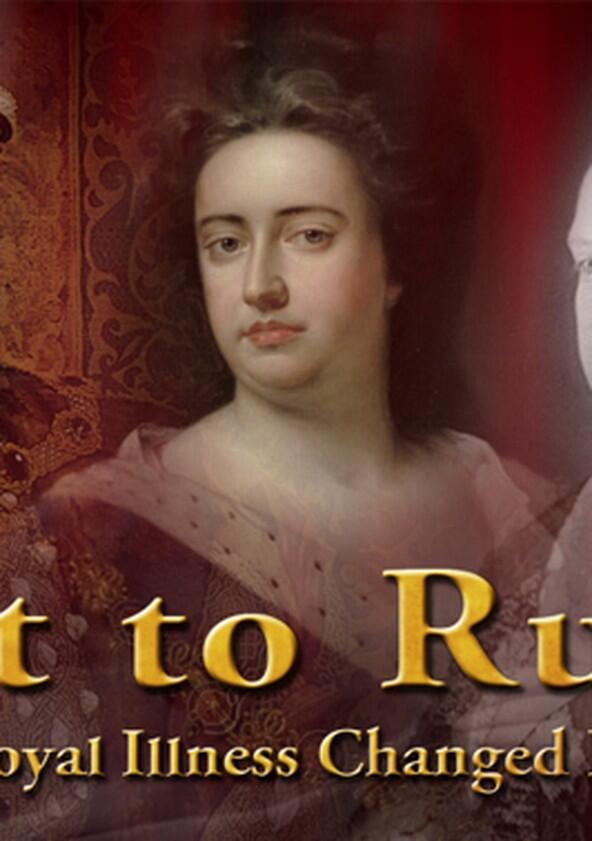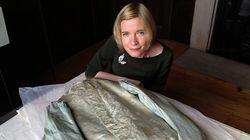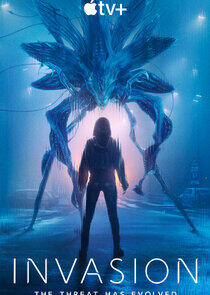Fit to Rule: How Royal Illness Changed History - Season 1

Season 1

Episodes

Tudors to Stuarts: From Gods to Men
Stripping away the regal facade, Lucy examines their medical problems, doctors' reports, personal correspondence and intimate possessions to gain a unique insight into the real men and women behind the royal portraits. She uncovers how kings and queens have had to deal with infertility, religious extremism, depression, bisexuality and culture shock. But could these supposed chinks in the royal armour provide a surprising explanation for the enduring power of the British monarchy? Lucy argues that the survival of the monarchy has been determined not so much by the strengths of our past monarchs but by their weaknesses.
In this first episode, Lucy explores the medical histories of the Tudor and Stuart dynasties, beginning with the ascension of Henry VIII and tracing the changing fortunes of these two very different royal families up to the execution of Charles I. Five hundred years ago our monarchs derived their authority from God alone, but despite their semi-divine status, they were subject to exactly the same harsh physical realities as the rest of us. Lucy discovers how the Tudors and Stuarts coped with royal bodies that were often too young or too old, too infirm or too infertile and sometimes simply the wrong sex at a time when male heirs were all important.
Lucy investigates the most critical medical problems and family psychodramas faced by a fascinating cast of royal characters, including the trouble Henry VIII had in producing a male heir and the cause of his daughter Mary I's phantom pregnancy. She sheds new light on the biological and psychological make-up of some of our greatest rulers by examining their personal correspondence and private possessions, including intimate love letters exchanged between James I and his lover the Duke of Buckingham, and the special orthopaedic boots worn by Charles I.

Bad Blood: Stuarts to Hanoverians
Dr Lucy Worsley explores the medical histories of the later Stuarts, from the exile of James II and the succession of William and Mary to the rise of a new dynasty - the Hanoverians.
This was a transformational stage for the monarchy: following William and Mary's 'Glorious Revolution', monarchs were no longer semi-divine, but answerable to their people and to Parliament. But without their cloak of divinity, their human frailties were now under public scrutiny like never before, and if biology failed them, an increasingly powerful Parliament could step in and take control.
Lucy examines William III's health issues - a sickly child, his chronic ill health continued into adulthood and he proved unable to have children. For Mary the problems were more psychological. As her husband spent more and more time on his anti-Catholic campaigns abroad, she was left to rule in his place - a daunting proposition which served only to remind her of her own inadequacies - as a childless queen, and most harrowingly, as a daughter who had utterly betrayed her father.
Lucy then explores Queen Anne's tragic gynaecological history - she had 17 pregnancies, 12 of which ended in miscarriage or still birth and of her surviving children the oldest only lived 11 years. Plus the extraordinary lengths Parliament employed to find a protestant successor when Anne died childless.
Unlike the Stuarts, the Hanoverians proved they had no problems producing heirs, but in producing a royal family, they found themselves waging a very personal war, as toxic relationships between parents and heirs would threaten the power of the monarchy as much as infertility had threatened the Stuarts.
Lucy scrutinizes the so-called madness of George III, as new research and clinical analysis of his personal letters reveals the real reason behind his manic episodes, before finishing with George IV and his battles with obesity, alcohol and drugs.

Happy Families: Hanoverians to Windsors
In the final episode, Dr Lucy Worsley investigates the medical histories and fraught family dynamics of Queen Victoria and her descendants. She begins and ends with two events which challenged the very survival of the crown and revealed how crucial the physical and mental health of the royal family remained: the sudden death of Princess Charlotte in 1817, and the abdication of Edward VIII over a century later.
In 1817, 21-year-old Princess Charlotte was the Hanoverian dynasty's great hope: popular with the public and about to give birth to her first child, thereby securing the royal succession for another generation. But, after a 50-hour labour, recorded in minute-by-minute detail by the country's leading midwife, the baby boy was delivered stillborn, and hours later, Charlotte died too. The nation was shocked by the sudden loss of the monarchy's next two generations, and a frantic race ensued for King George's unmarried sons to be the first to produce a legitimate heir. Two years later, the Duke of Kent's new German wife gave birth to a daughter, Princess Victoria.
Whilst producing children was not a problem for Victoria, rearing an heir who was fit to rule was another matter. Fearing their eight-year-old son and successor, Bertie (the future Edward VII), was not psychologically up to the job of king, Prince Albert turned to the new pseudo-science of phrenology in a bid to get to the root of his son's problems, and Lucy charts the effect their difficult mother-son relationship had on both their reigns.
Lucy also reveals the emotional strains the royals faced as they tried to reconcile the competing demands of public duty and a private life. She examines how Queen Victoria's severe depression after Prince Albert's death almost cost her the crown, and explores the emotional turmoil of Edward VIII, who ultimately declared himself unfit to rule, choosing love over the throne.
Recently Updated Shows

48 Hours
48 Hours is a CBS news magazine that investigates intriguing crime and justice cases that touch on all aspects of the human experience. Over its long run, the show has helped exonerate wrongly convicted people, driven the reopening -- and resolution -- of cold cases, and changed numerous lives. CBS News correspondents offer an in-depth look into each story, with the emphasis on solving the mystery at its heart. The program and its team have earned critical acclaim, including 20 Emmys and three Peabody Awards.

Invasion
Earth is visited by an alien species that threatens humanity's existence. Events unfold in real time through the eyes of five ordinary people across the globe as they struggle to make sense of the chaos unraveling around them.

Wednesday
Smart, sarcastic and a little dead inside, Wednesday Addams investigates a murder spree while making new friends — and foes — at Nevermore Academy.

Alien: Earth
When the mysterious deep space research vessel USCSS Maginot crash-lands on Earth, Wendy and a ragtag group of tactical soldiers make a fateful discovery that puts them face-to-face with the planet's greatest threat.

Peacemaker
This James Gunn-created series continues the saga of Peacemaker, a vainglorious superhero/supervillain who believes in peace at any cost — no matter how many people he has to kill. After a miraculous recovery from his duel with Bloodsport, Peacemaker soon discovers that his freedom comes at a price.